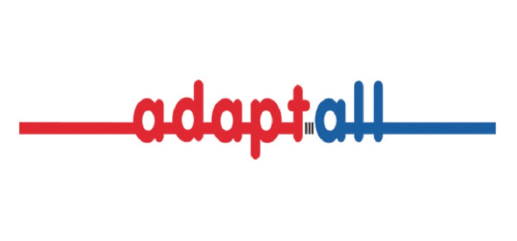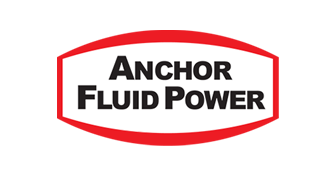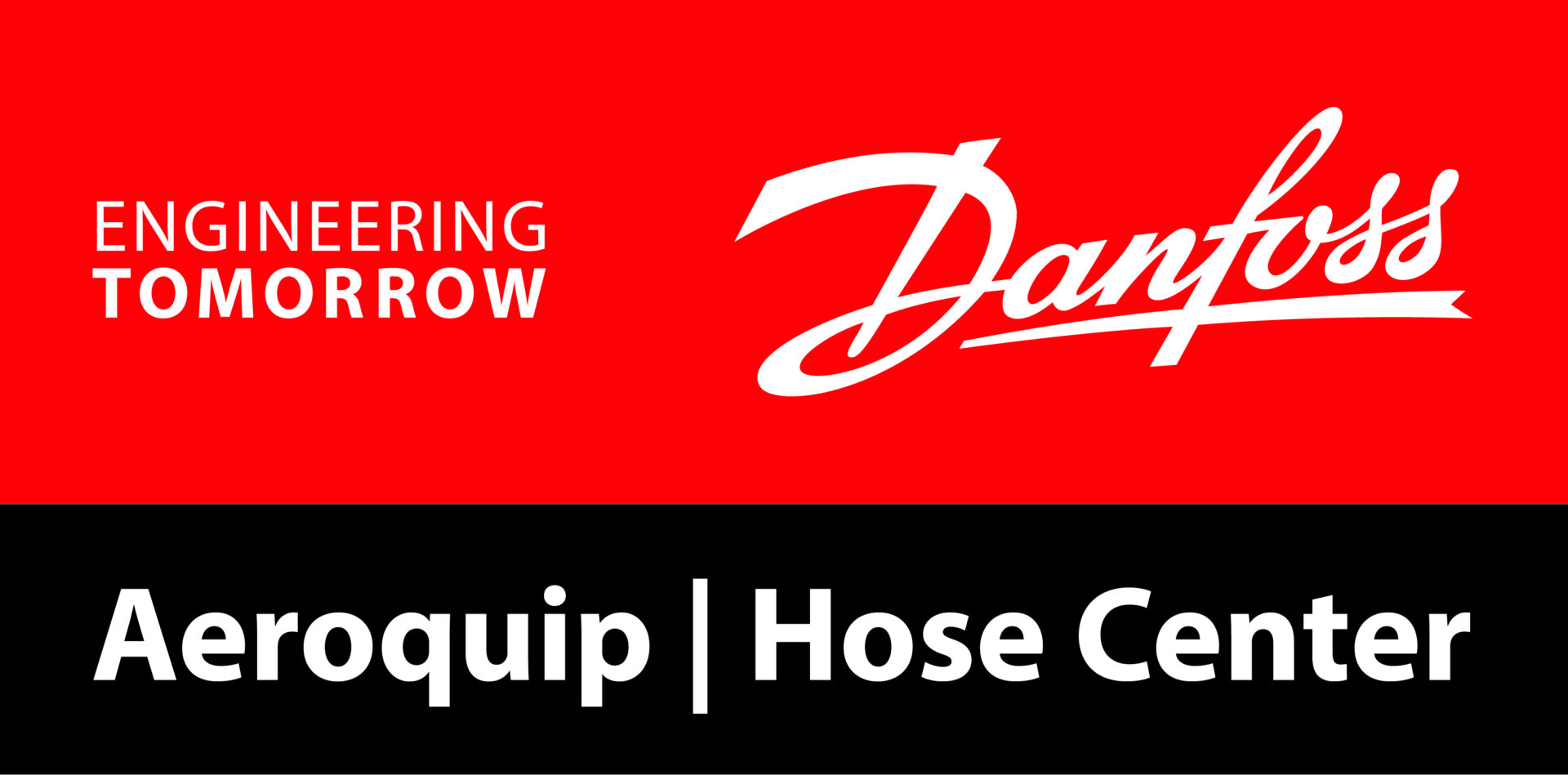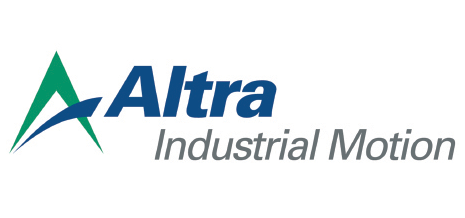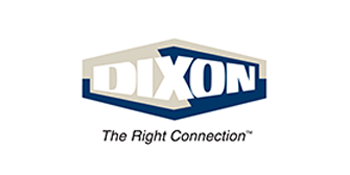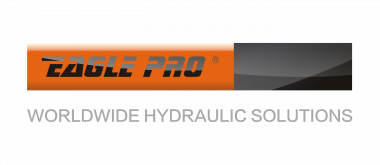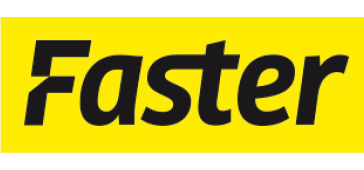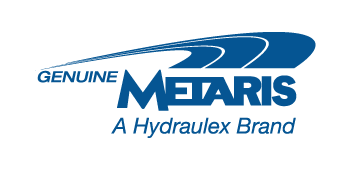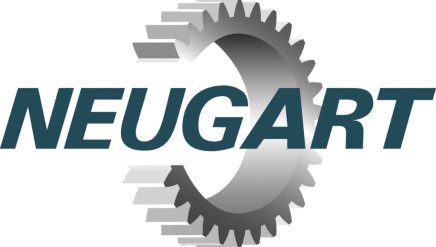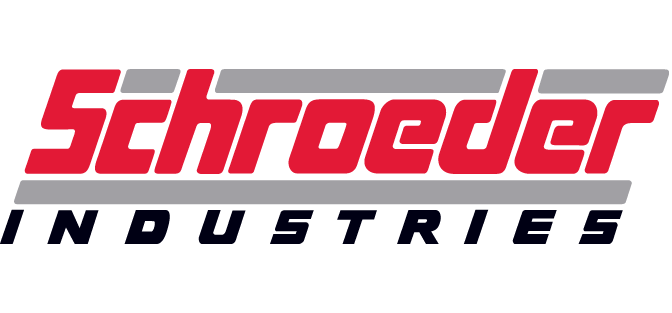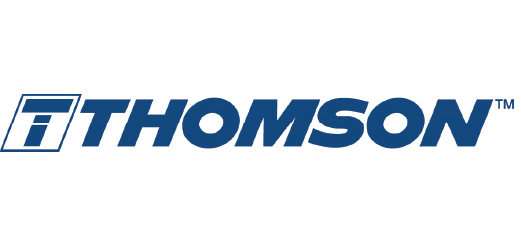Hydraulic hoses come in a variety of different constructions, the most common being braided and spiral. Braided hose — also known as one or two wire — features a (you guessed it) braided wire reinforcement and is constructed of synthetic rubber or AQP elastomer, while spiral hose — also known as four or six wire — feature wires stacked on top of each other, not threaded together.
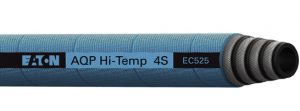
Let’s just focus on one type of hose: spiral. What is it good for and why would you use it instead of a braided hose? 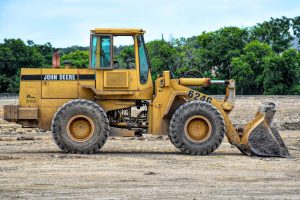
Spiral hydraulic hose is a sturdy hose designed for higher pressure and higher impulse applications than braided hose. This is because it is a stiffer hose with a smaller bend radius. This makes it stronger than its braided counterpart, but results in less routing flexibility. Braided hoses flex and bend too much for high impulse applications; the hose will essentially break and fail sooner.
Another benefit of a spiral hose is that when the inner diameter of a spiral hose increases, the pressure capacity does not drop off. It remains constant regardless of the diameter. The same cannot be said for braided hose; the braided design limits the pressure capacity.
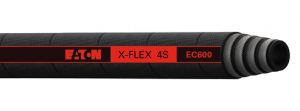
Spiral hydraulic hoses are constructed of synthetic rubber or AQP elastomer, come in 4- and 6-wire, and are extremely versatile and dependable in markets such as construction and mining, farming, forestry, oil and gas, off-highway
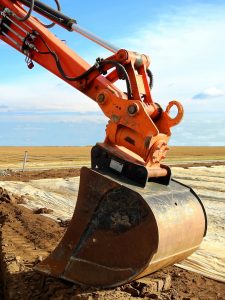
and high-performance. They can convey oil or water-based fluids and operate in temperatures as low as -40°F and as high as +302°F. They are built to handle pressures up to 6,500 psi.
Due to its fairly rigid and sturdy design, spiral hose has maximum durability and performs well even in freezing temperatures. Snow plows, tractors and other winter equipment are other great examples of spiral hose applications.
When determining if spiral hose is right for your job and application, simply take a look at your pressure, abrasion and vibration requirements. Chances are, as long as you do not need a large bend radius, spiral hose will be your hose of choice in most heavy duty machinery applications.




